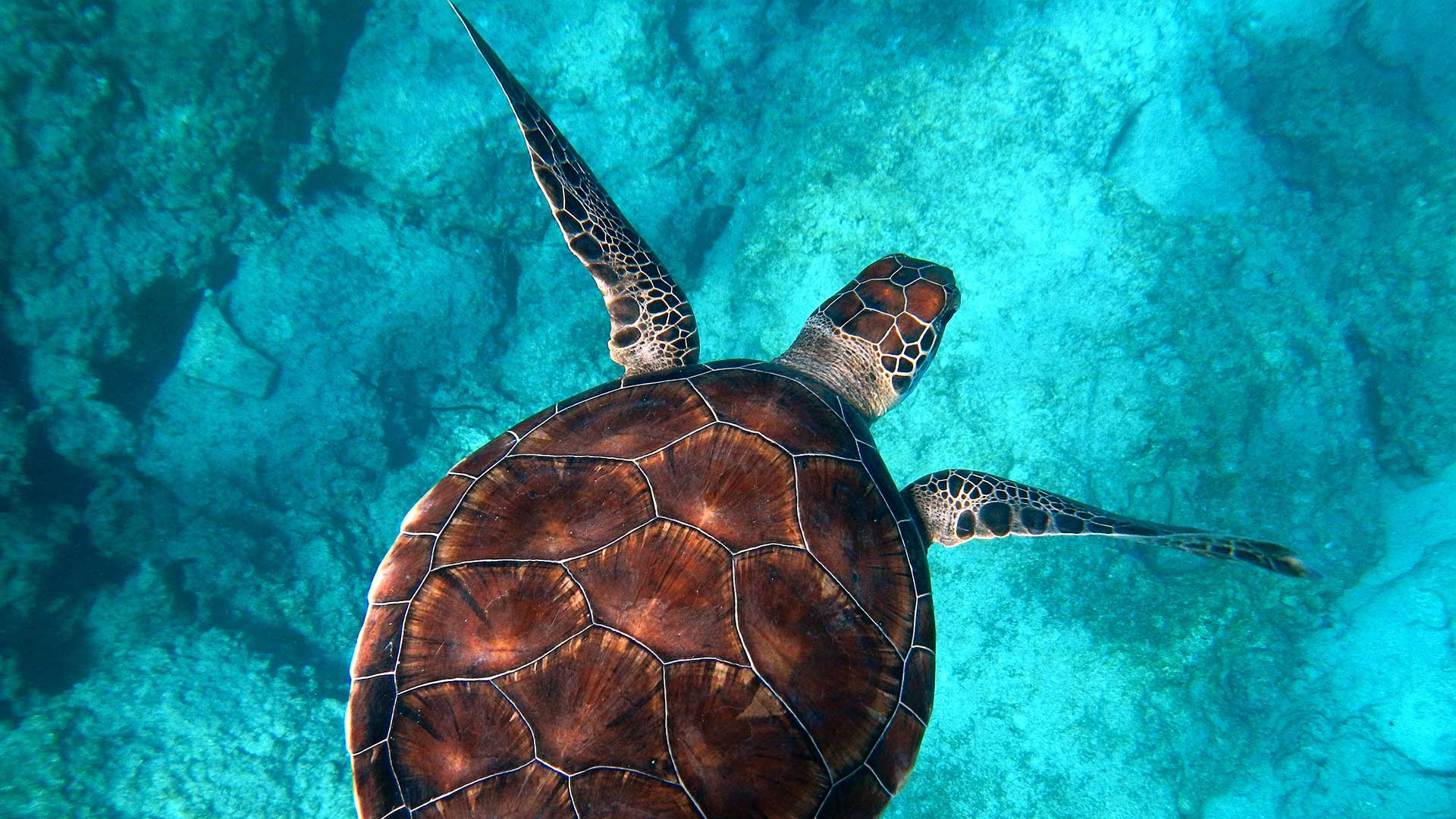Enjoy, but do not disturb!
April 21, 2015
The last weekend of spring break my husband and I took our daughter to La Jolla. She loves seeing the sea lions and brown pelicans and it was the perfect day for a beach day. When we got there, we noticed that there was a car show at Scripps Park. There was a lot of people, so we slowly made our way to La Jolla’s Cove beach and hoping that since it was later in the day, there wouldn’t be a lot of people. We were wrong, the beach was packed, and right in the middle of that beach were five sleeping sea lions. There were a few more scattered around that small beach, some looked sick and tired. My husband and I wanted to leave but we decided to stay in case anybody would start harassing the sea lions. We could let them know, in a friendly way, that they shouldn’t be doing that.
We stayed at the beach and sat at good distance from the sea lions and saw people, mostly tourists, taking pictures of them and with them. Most of them were in awe of seeing wild animals in their natural habitats. The sea lions were only there to rest. They were sleeping, trying not to care about all the crowd that surrounded them. But it was tough; kids were playing very close to them, people almost stepping on them, and some were trying to touch them. Fortunately, lifeguard J. Kerr was there on duty to make sure people kept a safe distant from the marine mammals.
The California sea lion is protected under the Marine Mammal Protection Act, which says that it is unlawful to “to harass, hunt, capture, or kill, or attempt to harass, hunt, capture, or kill any marine mammal.” Areas such as La Jolla Cove, where I was visiting that day, are also protected under the Marine Life Protection Act, which designates places as marine protected areas. In the case of La Jolla Cove, within the Matlahauyl State Marine Reserve, it is unlawful to take, damage or disturbed any marine living species.
With these regulations, a lot of the activities that people were engaging in were in fact illegal. And although we want to interact with wildlife we need to be careful that what we are doing is permissible by law and does not disrupt the ecosystem.
Here are some good tips to follow next time you visit the beach:
Look, don’t touch. Many animals are very sensitive to touch. Some may get upset when approached and might bite to protect themselves. Other smaller creatures can get harmed or killed when you touch or pick them up.
Keep your distance. Watch them quietly from a distance. If you want to take a picture make sure you take it from a safe distance. When they come up to a beach, seals and sea lions need to rest, especially moms and pups. If you come close to them, they might get scared and head for the water again.
Do not feed or attempt to feed them.Human food can attract them and make them sick, a potentially dangerous situation for all.
If you find a sick or injured marine mammal, call the appropriate people.Do not attempt to help. We know that when you see a sick animal you feel the need to help them survive, but we might do them more harm if we don’t know how to handle them appropriately. If you are in California, click on this link [http://www.westcoast.fisheries.noaa.gov/…/stranding_maps_an…] to find out who you need to call if you see a sick or dead marine mammal at your local beach.
For more safety tips on how to properly view a seal or sea lion next time you are at the beach, click on this link provided by the National Oceanic and Atmospheric Administration. Spread the word and we hope next time you see a marine mammal you can have positive and enriching experience.
– Diane Castaneda, Marine Program Coordinator

Check for warning signs and respect them. This will benefit both the animal and you.




You must be logged in to post a comment.